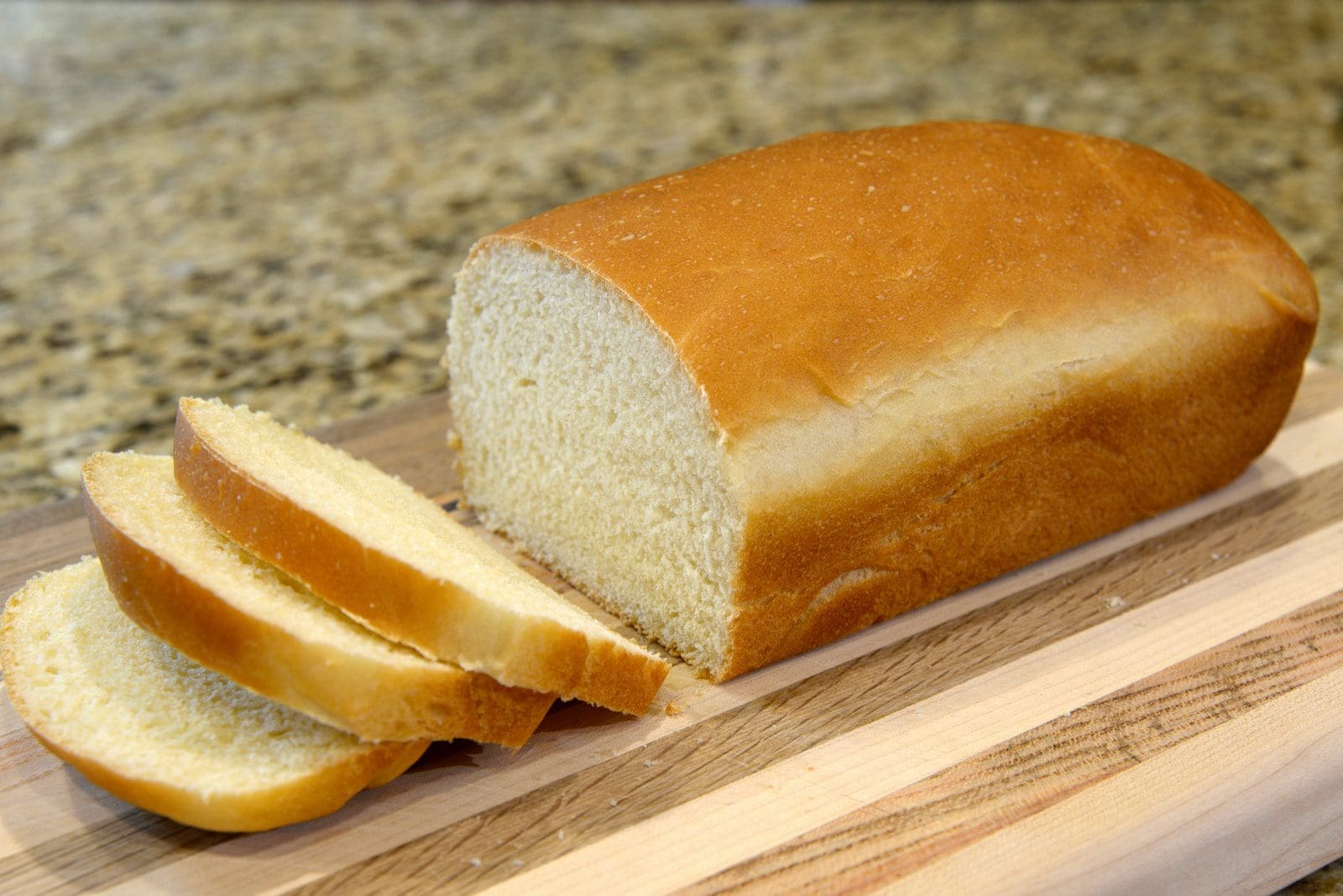Bread is one of the world’s most common and most consumed foods. Most people prefer eating bread daily in their breakfast routine, and yes, they are healthy and tasty at the same time.
Bread with eggs is the perfect match and food to start your day. Eating bread for breakfast has health benefits as it contains goodness.
Now, most people like to consume two types of bread: brown bread and the other is normal white bread, or some say milk bread.
Most people may or may not like brown bread because they are not rich in taste and prefer white bread because they have a certain taste. And some people prefer brown bread instead of white bread.
Key Takeaways
- Brown bread is made from whole wheat flour, providing more fiber, vitamins, and minerals than white bread made from refined flour.
- Brown bread has a denser texture and a nuttier flavor profile than white bread’s lighter and sweeter taste.
- While brown bread is a healthier option, white bread is more widely available and preferred for its milder taste and versatility.
Brown Bread vs. White Bread
Brown bread is made from whole wheat flour, which has a denser texture and contains the bran and germ of the wheat kernel, providing more fiber, vitamins, and minerals. White bread has a softer texture and a milder taste and is made from refined wheat flour that lacks these nutrients.

Comparison Table
| Parameters of Comparison | Brown Bread | White Bread |
|---|---|---|
| Color | Darker in color or brownish. | Usually white in color. |
| Calorie | Brown bread has fewer calories because they are made of wheat. | Conversely, white bread calories because it is made with ‘maida.’ |
| Energy and Nutrition | Since brown bread has low calories, is rich in nutrition, and is suitable for those aiming to lose weight. | White bread, on the other hand, also provides enough energy and is suitable for kids and athletes. |
| Softness | Brown bread is not that much soft as compared to white bread. | White bread is much softer than brown bread. |
| Fiber content | Brown bread is rich in fiber content. | Very less fiber in white bread. |
What is Brown Bread?
Brown bread is not only brown or darker in color, but they are made using different ingredients.
Brown bread is made using wheat, and thus having this type of bread on your daily breakfast will give you enough energy for the whole day.
Doctors recommend Brown bread consumption to those people who want to lose weight. People suffering from diabetes can have this bread and keep it part of their daily diet.
However, brown bread is not as tasty as white bread, so children do not like consuming brown bread; instead, they like having white bread.
White bread also gives you enough energy because it has much more calorie content than brown bread.
Brown bread has fewer calories, but they are rich in fiber content and the perfect food for inheriting the most nutrients.
Brown bread, when compared with white bread, is not that soft. Most people prefer softness because the softer the bread more easily it can be consumed.
Often we have noticed that working people are in a hurry daily, and they consume bread in their breakfast, so they tend to take a white break because they are much soft and can be consumed more easily than brown bread.
But, it would be best if you keep your health on a positive note in whatever food you are consuming.
Breakfast is one of the necessary meals that are not to be skipped by anyone, and therefore one should always eat a healthy and proper breakfast before starting their day.
| # | Preview | Product | |
|---|---|---|---|
| 1 |

| B & M BREAD BROWN RAISIN, 16 oz (Pack of 2) | Check Price on Amazon |
| 2 |

| B & M Bread Brown Plain Pack of 2, Net WT 16 0z (1 LB) 453g | Check Price on Amazon |

What is White Bread?
On the other hand, white bread is white and made with ‘maida,’ which is rich in calories and energy. White bread, too, has some health benefits because many athletes consume them daily.
White bread is one of the most consumed common foods that is consumed by a large number of people all around the world.
White bread does not have fiber content in them, and thus, they are not that nutritious, but they give immense energy because they contain much more calories than brown bread.
White bread has a soft texture, so kids prefer to eat brown bread. They are also much tastier than brown bread.
Most restaurants and chefs use white bread because white bread makes the best sandwiches.
You might have noticed that they are most commonly made from white bread when you buy a sandwich. It is because the consumption of white bread is more than brown bread.

Main Differences Between Brown Bread and White Bread
- Brown bread is made of wheat, while white bread is made of ‘maida.’
- Brown bread is rich in fiber content, while white bread, on the other hand, does not have fiber.
- White bread is much softer than brown bread.
- Brown bread has a dark color or a brownish color, while white bread is white in color.
- White bread might not offer much nutrition but is rich in calories.






